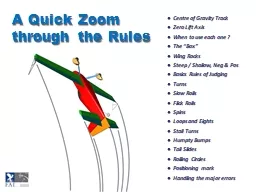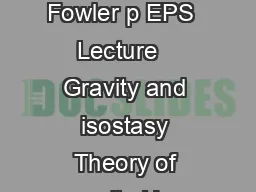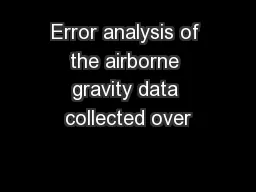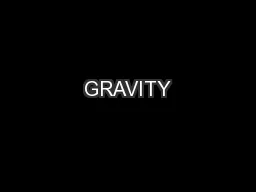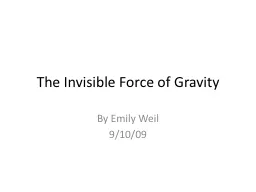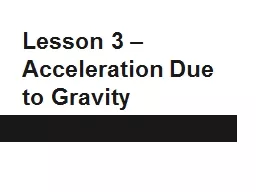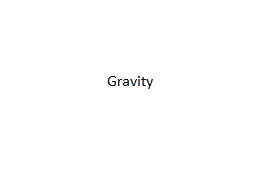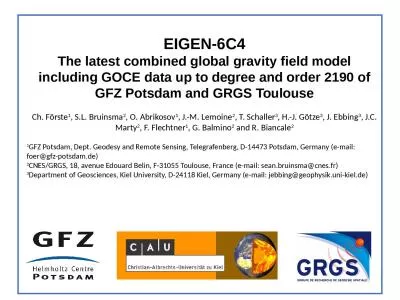PPT-● Centre of Gravity Track
Author : tatiana-dople | Published Date : 2019-11-19
Centre of Gravity Track Zero Lift Axis When to use each one The Box Wing Rocks Steep Shallow Neg amp Pos Basics Rules of Judging Turns
Presentation Embed Code
Download Presentation
Download Presentation The PPT/PDF document "● Centre of Gravity Track" is the property of its rightful owner. Permission is granted to download and print the materials on this website for personal, non-commercial use only, and to display it on your personal computer provided you do not modify the materials and that you retain all copyright notices contained in the materials. By downloading content from our website, you accept the terms of this agreement.
● Centre of Gravity Track: Transcript
Download Rules Of Document
"● Centre of Gravity Track"The content belongs to its owner. You may download and print it for personal use, without modification, and keep all copyright notices. By downloading, you agree to these terms.
Related Documents

